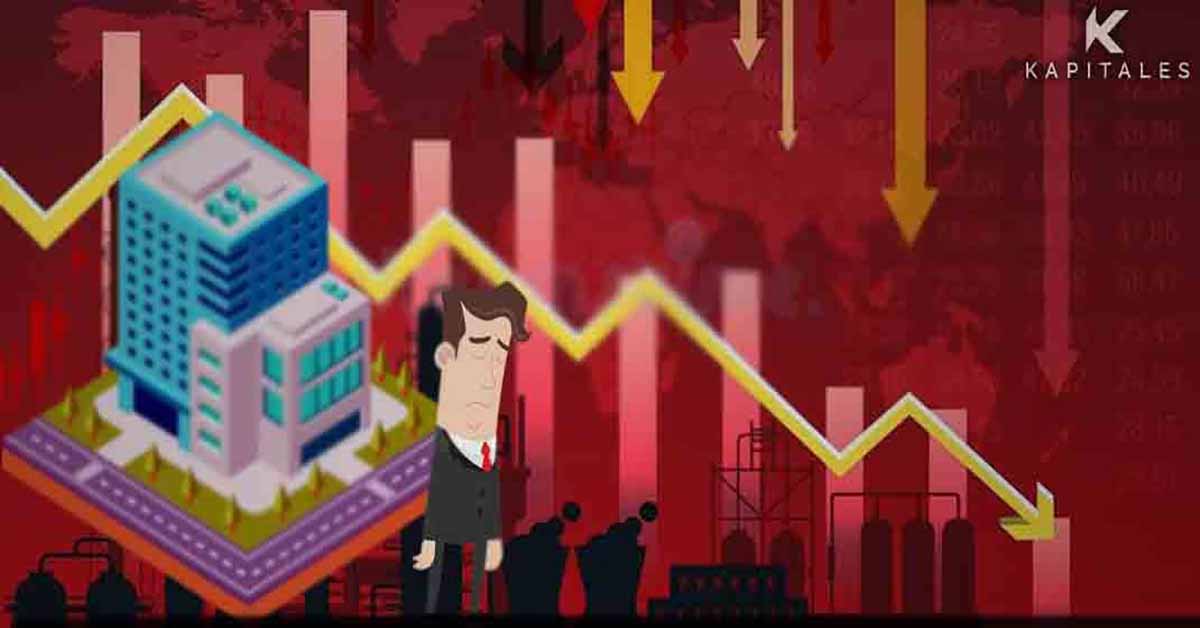
Market Alert: ASX200 at Critical Support – Reversal or Further Fall?
The market continues to be volatile in the present times. In the past couple of weeks, a significant sell-off was seen, weighed down by the concerns related to the increasing interest rates and the economy’s health. At the same time, oil prices declined to levels that existed before the Russia-Ukraine war.
Source: Refinitiv
In the last one month, S&P 500 index slipped 10.11%, whose impact was evident on the stock market of countries around the world. ASX 200 also witnessed over an 8% drop in the last month and over 6.5% in the previous 10 days.
Several factors influenced this week’s market. These were:
The massive sell-off in the past couple of weeks indicates markets are moving into the bear zone. A bear market refers to a prolonged drop in investment prices. By definition, we say that a bear market happens when a broader index drops 20% or more than 20% from its most recent highs.
If we go by definition, the still broader index like Dow Industrial has not dropped below 20%. However, the uncertain market condition and macroeconomic factors indicate a possible downtrend in the coming period.
While the market remains volatile in present times, there could still be some hope as spending in the US remains high. In July 2022, the US government released an update highlighting 11.2 million job openings on the last business day of July 2022. Experts believe that job growth will slow. The conditions are not great, but experts say that the existing environment is far less worse than the market conditions in 2008.
Considering these factors and the existing market environment, let us look at some investment strategies one must follow to prepare when the market is bearish.
1. Investment re-allocation:
In case one gets an indication of a possible bear market, one of the most extreme and prudent options is selling all investments to hold cash or reinvest in more stable financial instruments, such as short-term government bonds. It will reduce the exposure of the investment in the stock market.
2. Find strategic opportunities:
In case of a market downturn, many investors prefer defensive stocks, which includes consumer staples, healthcare, and utilities, and companies with a solid balance sheet and high-quality business can possibly offer opportunities to investors.
Investors can find opportunities in stocks that provide a dividend, and companies with a dividend history can help boost their portfolios.
3. Dollar-Cost Averaging:
Dollar-Cost Averaging helps to minimise the risks by building a position over time. In this strategy, the investor invests equal dollar amounts in a security at regular intervals.
Dollar-Cost Averaging is regarded as a powerful tool for removing some of the emotional barriers to investing.
Generally, this strategy works best during a bear market and with a significant increase or decrease in the securities price. Experts suggest choosing stocks that have value and pay a dividend.
4. Diversifying Portfolio:
Diversifying the portfolio is another approach investors follow when the market is bearish. One should diversify their portfolio and invest in securities like mutual funds, stocks, and bonds. The benefit of portfolio diversification is that in case of a market crash, an investor can benefit from the rise in the bond value.
Customer Notice:
Nextgen Global Services Pty Ltd trading as Kapitales Research (ABN 89 652 632 561) is a Corporate Authorised Representative (CAR No. 1293674) of Enva Australia Pty Ltd (AFSL 424494). The information contained in this website is general information only. Any advice is general advice only. No consideration has been given or will be given to the individual investment objectives, financial situation or needs of any particular person. The decision to invest or trade and the method selected is a personal decision and involves an inherent level of risk, and you must undertake your own investigations and obtain your own advice regarding the suitability of this product for your circumstances. Please be aware that all trading activity is subject to both profit & loss and may not be suitable for you. The past performance of this product is not and should not be taken as an indication of future performance.
Kapitales Research, Level 13, Suite 1A, 465 Victoria Ave, Chatswood, NSW 2067, Australia | 1800 005 780 | info@kapitales.com.au


Apr 08, 2023

Apr 07, 2023

Mar 20, 2023

Mar 16, 2023

Mar 08, 2023

Mar 02, 2023

Feb 24, 2023

Feb 16, 2023

Feb 09, 2023

Feb 07, 2023
Nextgen Global Services Pty Ltd trading as Kapitales Research (ABN 89 652 632 561) is a Corporate Authorised Representative (CAR No. 1293674) of Enva Australia Pty Ltd (AFSL 424494). The information contained in this website is general information only. Any advice is general advice only. No consideration has been given or will be given to the individual investment objectives, financial situation or needs of any particular person. The decision to invest or trade and the method selected is a personal decision and involves an inherent level of risk, and you must undertake your own investigations and obtain your own advice regarding the suitability of this product for your circumstances. Please be aware that all trading activity is subject to both profit & loss and may not be suitable for you. The past performance of this product is not and should not be taken as an indication of future performance.